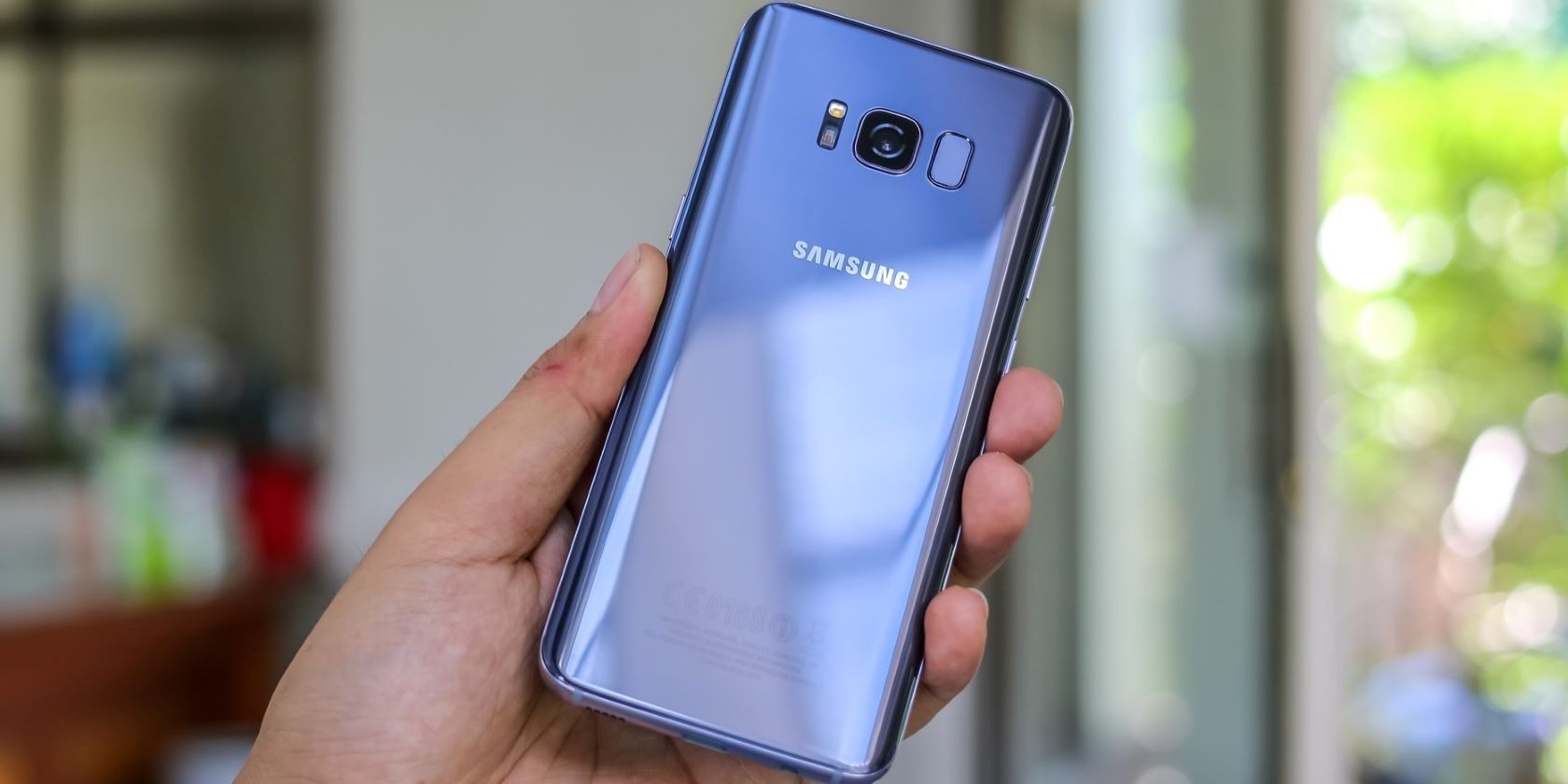Today, Samsung is nothing short of a household name. It has become one of the world’s most well-known and successful technology companies, and has diversified into multiple areas of tech. Smartphones, televisions, fridges, washing machines - you could certainly run a household on Samsung tech.
But, where did this world-renowned tech giant come from? Where did it all start for Samsung? Well, to learn all about Samsung’s past, you’re in the right place.
Samsung’s Beginning
Samsung was founded in January of 1969, under the name Samsung Electric Industries, in South Korea. Its founder, Lee Byung-Chul, was a South Korean businessman.
The company was part of the Samsung Group, which was generally known by South Koreans as a company specializing in the trade of fertilizers and sweeteners, a far cry from its current home in the technology industry.
Samsung Electric Industries initially sold every-day necessity-tech, such as fridges and calculators, upon its joint business venture with Sanyo, an electronics company originating in Japan in the 1940s.
Samsung Electric Industries then took on another venture with NEC, another Japanese tech company, in 1970. The two companies merged to become Samsung-NEC, which then became SDI.
The two companies collaborated in designing and producing home appliances and audio-visual devices. However, Samsung’s venture with Sanyo was still standing, and the two companies merged to create Samsung-Sanyo Parts in 1973.
A Growing Success
Over the next eight years, Samsung grew in its success, and had sold over 1o million black-and-white televisions by 1981. The Samsung Group also expanded in 1974, taking interest in the semiconductor market. It did this by acquiring Korea Semiconductor, a company that was failing at the time and on the verge of filing for bankruptcy. This eventually evolved into the establishment of Samsung Semiconductor & Communication.
Samsung also founded Samsung Data Systems, now known as Samsung SDS, in 1985, which served businesses’ ever-increasing requirements for systems developments.
At this point in time, it is safe to say Samsung was doing well.
The Cell Phone Struggle
Though Samsung is known for its great smartphones today, they weren’t always so successful in the field. In the 1980s, Samsung began to explore the cell phone industry, and released its own mobile phone to the South Korean public in 1988.
However, Samsung did not receive the desired sales, with Motorola, a telecommunications company founded in 1928, already holding a 60% share in the Korean mobile phone market. At the time, Samsung only managed to secure itself a 10% hold.
This problem continued for Samsung for some years to come, with some products being known for poor performance and quality. It is said that company management frequently considered pulling out of the cell phone market because of these issues.
Though Samsung isn’t the only company to have faced struggles in the mobile phone industry, with brands like LG and Amazon failing entirely in such ventures, it is one of the few mobile phone companies that exceeded expectations and made it to the absolute top of the market. There was one key decision that made this possible.
It was not until 1995, some years after Samsung’s initial cell phone launch, that it was decided Samsung needed a new business strategy for its future. Lee Kun-hee, chairman of Samsung Electric Industries, was the individual who pioneered this change.
It was decided that the company would focus more on modern and up-and-coming tech, instead of the less coveted and successful products they were selling at the time. Such products were shelved, and the company invested in new technologies.
In the early years of the twenty-first century, Samsung continued to grow and expand as a tech company, eventually passing its rival, Sony, to become the twentieth-largest consumer company in the world. It also secured its place as the most popular consumer brand in general.
The Start of Smart
In June of 2010, Samsung released its first ever smartphone: the Samsung Galaxy S. The public received the new phone well, with people comparing it to other successful Android-powered smartphones, such as the Nexus One and HTC Desire.
The Galaxy S was praised by critics and news media alike for its Super AMOLED display, however it did receive some backlash for its poor GPS features and decreased performance over time.
Since the release of the Galaxy S, Samsung has created dozens of smartphones, each one outshining the last with new system updates and specs. Some releases reached the absolute heights of success, including the Galaxy Note Edge.
The Galaxy Note Edge, released in 2014, was unique due to its curved screen edges. Many of the phones released since the first Edge have adopted this curved screen technology, including the Galaxy S8 and S9. At the time, the phone was considered to be more of a concept product, but was still widely released and used as inspiration for future phones.
Not long after the release of the Note Edge came the Galaxy Tab S2, a high-end digital tablet released by Samsung in September of 2015. It was hailed at the time as one of Samsung’s best tablets released yet.
The tablet offers a 9.7 inch screen, 8MP camera, and Octacore processor. Since the success of the Tab S2, Samsung has released even more great tablets, with its latest release being the Galaxy Tab Active3 in 2020.
Samsung has come a very long way since its first smartphone release in 2010, with its most recent technological advances allowing the release of foldable smartphones, the Samsung Galaxy Z Fold and the Galaxy Z Fold 2.
Both of these devices have an incredible feature that allows the smartphone screen to fold in half. The Fold 2 even features 5G and a a display with 1768×2208 pixel resolution.
The AI Integration
Samsung has no intention of slowing down in its bid to manufacture up-and-coming technology for the public, and its current interests in AI stand as proof. Samsung’s built-in AI system, Bixby, which was debuted in the Galaxy S8, already offers an AI experience for users, operating much like Apple’s Siri.
However, Samsung is now delving further into the AI realm, with its bid to incorporate AI into people’s every-day lives.
Samsung has stated that it is now focusing on the user experience and benefit with the use of AI. Samsung will continuously try to embrace the use of AI within its future devices, with a core focus on the user rather than just the AI itself.
A Complex Past Gives Way to an Exciting Future
With its constant evolution in the tech industry, there’s no doubt that Samsung will continue to create innovative products for users around the world. Who knows what amazing new tech Samsung will incorporate into its devices in the coming years. The only thing we know is that we’ll be here to talk about it!
About The Author

